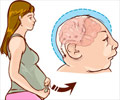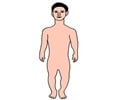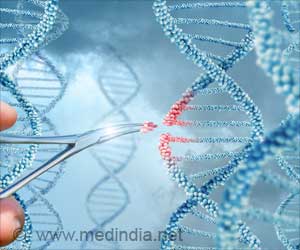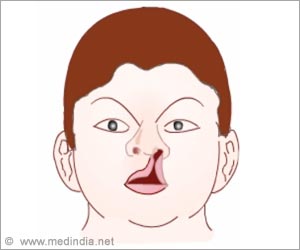A cell biologist at The Florida State University has found that the absence of a gene called Pds5, could lead to a number of chromosomal birth defects like Down syndrome.
A cell biologist at The Florida State University has found that the absence of a gene called Pds5, could lead to a number of chromosomal birth defects like Down syndrome.
For the study, Hong-Guo Yu used yeast genetics and a novel scheme to selectively remove a single protein from the cell division process called meiosis.He found that when a Pds5 goes missing, chromosomes fail to segregate and pair up properly, and birth defects such as Down syndrome can result.
The study sheds new light on the protein Pds5, its crucial regulatory role during meiosis, and the impact of its absence on the molecular-level genesis of human chromosomal birth defects that include Down, Edwards, Patau, Turner, Klinefelter's and XYY syndromes.
The findings may contribute to the eventual development of targeted, molecular-level interventions.
Yu explained how the meiotic stage is set and what goes wrong when key elements are rearranged.
"To produce a genetically balanced gamete (sperm and egg), the cell must contend with two sets of chromosome pairs, homologs and sisters. Homologs are the nearly identical chromosomes inherited from each parent; sisters are exactly identical pairs that are produced like photocopies as part of normal cell division," he said.
Advertisement
On the other hand, removing Pds5 during meiosis triggers a chromosomal catastrophe.
Thus, Pds5 was no longer present to regulate homolog organization and transmission in the meiotic yeast cells.
The synaptonemal complex, which normally would support the synapsis of homologs by creating a sticky bond along their entire length, failed to form.
And in the resulting meiotic malfunction, the identical sister chromosomes began to synapse instead.
"When Pds5 is removed and sister chromatids become synapsed as a result, the segregation and recombination of homologs essential for genetic diversity fails. This finding is highly important, because failure to generate a crossover between homologs leads to chromosome missegregation and can cause human chromosomal birth defects such as Down syndrome, which affects about one in 800 newborns in the United States," said Yu.
The study has been published in the Journal of Cell Biology.
Source-ANI
RAS












